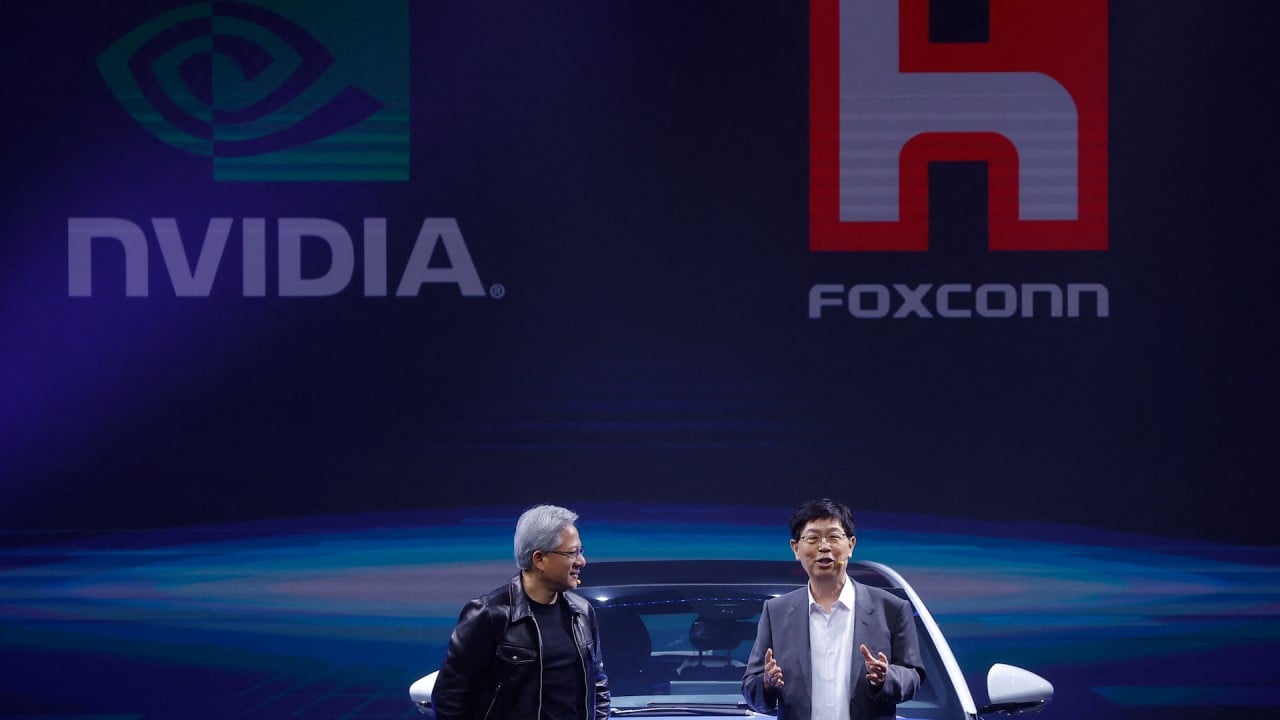Opinion | AI boom echoes the dotcom bubble, but not in the way you think
- After the dotcom bubble burst, a glut of infrastructure looked like a mistake, but it laid the foundation for the internet’s eventual growth
- Today’s AI investments may lower the cost of computing power and provide the basis for future breakthroughs, even if they precede a market correction

These figures aren’t just investments; they are bets on a future where AI underpins every facet of our lives. Yet, as history shows, the timing of value capture in technological innovations is notoriously uncertain.
The dotcom bubble of the late 1990s is often remembered for the dizzying rises and falls, amid sky-high valuations of internet start-ups and a frenzied rush of venture capital investments. However, a critical aspect of this period that is often overshadowed by the spectacular demise of companies like Pets.com and Webvan is the phenomenon of infrastructure oversupply, particularly in the telecommunications sector.
At the time, telecoms titans like Nortel, WorldCom and Cisco were at the forefront of building out internet infrastructure, in anticipation of an explosion of digital activity. Driven by the belief that the internet would radically transform every aspect of our lives, telecoms companies proceeded to collectively raise US$1.6 trillion on Wall Street.

